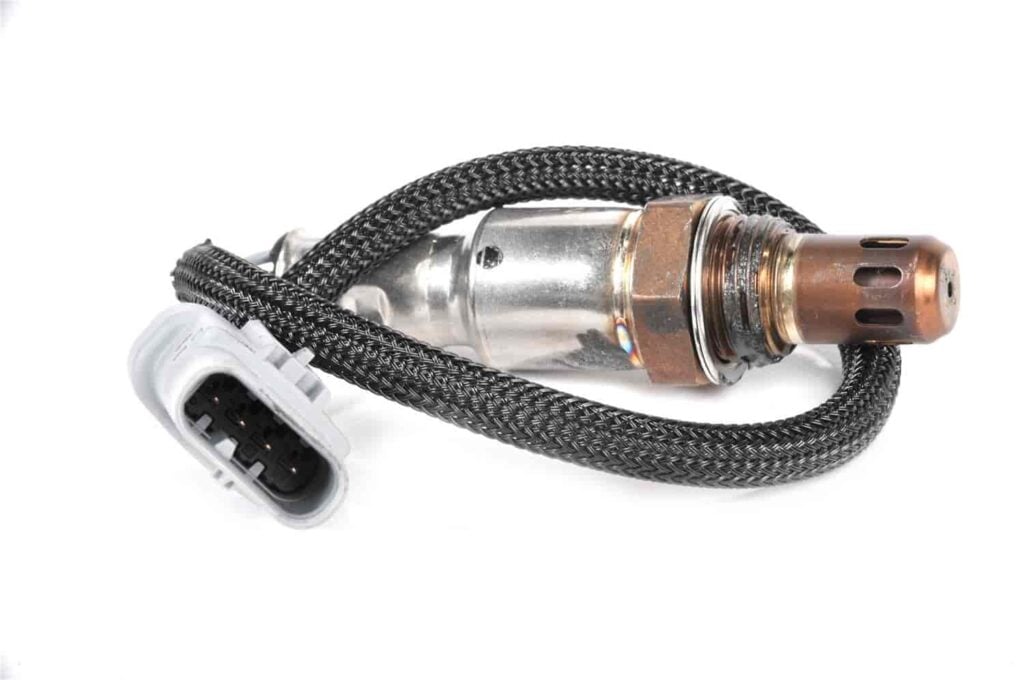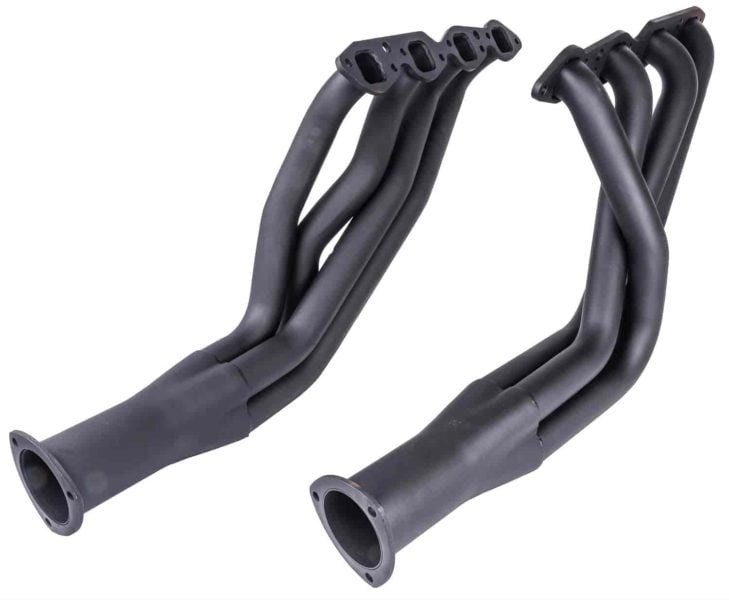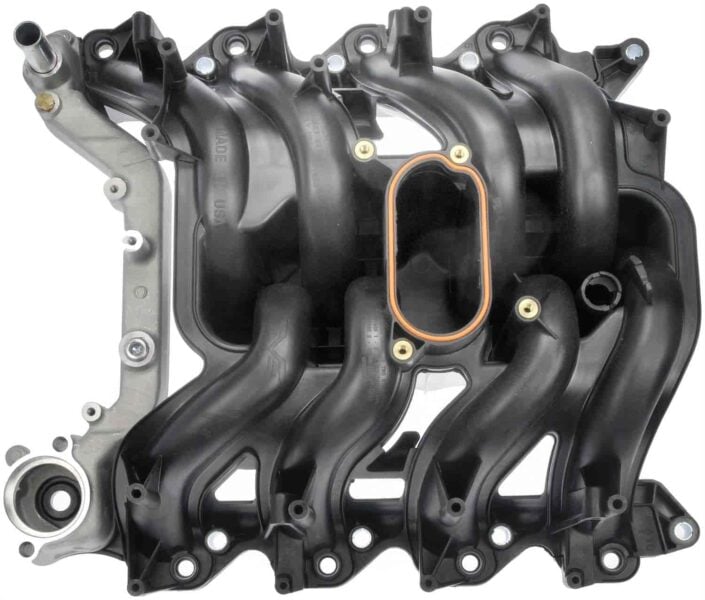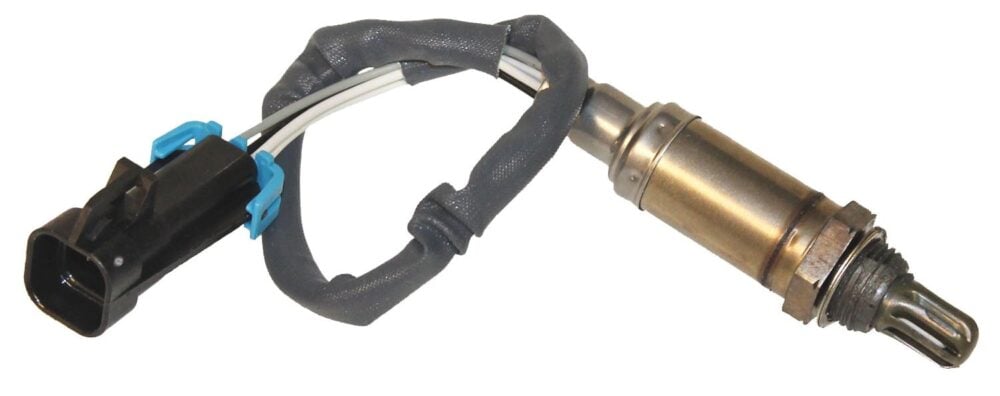
Nothing is worse than going out for a drive and returning with your Check Engine Light on. Unfortunately, when your Check Engine Light is active, something needs attention. When your engine’s computer or electronic control module (ECM) detects a system error, it will generate a code to help you determine the source of the problem. You can diagnose a Check Engine Light with an OBD-II scanner with the right tools and a little know-how.
That said, once you have the code that doesn't mean you’re ready to get back on the road. For example, if you use an OBD-II scanner to read P0050, you need to know what that means to solve the problem. Fortunately, you’re in the right place. Read on to learn more about the P0050 engine code.
What Is A P0050 Code?
The P0050 engine code refers to a problem with your vehicle’s oxygen sensor heater control circuit. Your vehicle has multiple O2 heater circuit locations, so it's important to note that code P0050 refers to an issue with the heater control circuit with the primary oxygen sensor in Bank 2 of the engine. The primary oxygen sensor, or sensor 1, measures the amount of oxygen in exhaust gases ahead of the catalytic converter. It relays this information to the engine control module (ECM) to help the computer adjust the air-to-fuel ratio.
For sensor 1 to provide a reading to the ECM/ECU, it must heat up alongside the exhaust and only send information once it reaches its intended operating temperature, usually 527 degrees Fahrenheit. Most oxygen sensors are equipped with a heating element to help them reach their operating temperature faster and reduce the time an engine is on an open loop. However, the wires connecting to these circuits will sometimes sustain damage and cause a short. If the ECU doesn't get a reading from this specific sensor, it will display the Check Engine Light and a P0050 code.
The last thing to note is that this code relates to the primary oxygen sensor in the second bank of the engine. Bank 2 is located on the side of the engine that doesn't have the first cylinder, so it is usually the right side if you’re looking from the front of the vehicle. Still, the location can vary based on the number of cylinders, so always consult your vehicle's shop manual for the exact location of sensor 1 in Bank 2.
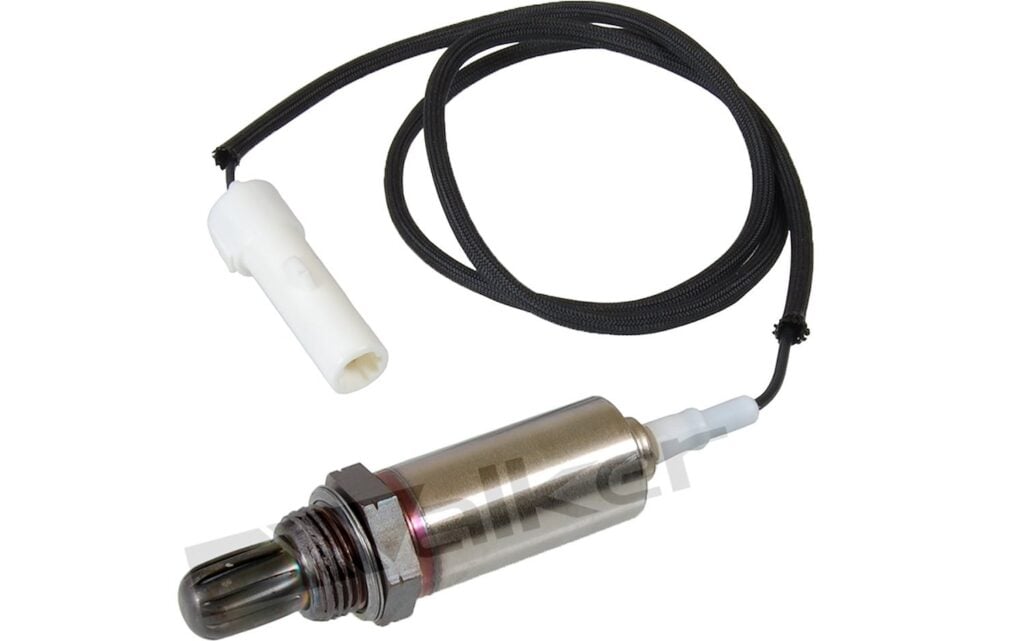
What Are The Symptoms And Causes Of P0050?
The first symptom of a P0050 engine code you'll notice is a Check Engine Light. Like most engine error codes, once the ECU/ECM notices a problem with the primary oxygen sensor in Bank 2, a Check Engine Light will appear on your dashboard.
While a Check Engine Light is the most notable symptom, you'll also run into other symptoms that sometimes can be hard to notice. For example, your engine might remain in an open loop for extended periods, resulting in poor performance and fuel economy. Also, you might fail an inspection if you live in a state that requires emissions tests.
The causes of a P0050 engine code can vary, but the most common problem is an issue with the sensor’s heating element or the circuit powering the oxygen sensor. These circuits can get damaged due to vibration or heat over time, mainly because they are underneath the vehicle’s undercarriage. In some cases, physical damage to the sensor can also cause it to fail or give the ECU the wrong reading. The last possible cause is an issue with the ECU, which is rare.
How Serious Is the P0050 Code?
Any engine error code that accompanies a Check Engine Light should be considered a cause for concern. If you have a P0050 error code, you should inspect your vehicle immediately and address the problem before continuing to drive. That said, the P0050 won't cause your engine to fail immediately. Instead, it can lead to problems with fuel, exhaust, and intake systems over time.
If you fail to address the error, these systems will deteriorate, leading to expensive repairs that can be avoided by promptly addressing the issue. Therefore, the only way to drive with this error code is to take the fastest route to your driveway or the repair shop.
How Easy Is It To Diagnose A P0050 Code?
Diagnosing a P0050 engine code is easy once you have the right equipment. Before you get started, you'll need an OBD-II scanner to connect to your vehicle’s DTC port. Once you connect the scanner, you can check the code to see if a P0050 engine code is causing the Check Engine Light.
Once you know you’re dealing with a P0050 engine code, you can diagnose the problem. To get started, you'll want to lift the vehicle to get under it and locate the primary oxygen sensor in Bank 2; check your vehicle's shop manual for a precise location. Then, check the sensor for physical damage or any contamination. Check the wires connected to the circuit to see if the sensor and heating element look fine. If you notice that they're frayed, melted, or disconnected, it's a good idea to replace them.
If you replace the sensor and fix any wiring problems, but the P0050 engine code won't disappear, there's a good chance it's your ECM/ECU. While rare, your ECU or ECM can malfunction. If you’re uncomfortable diagnosing the problem or replacing wires or sensors, we recommend taking your vehicle to a professional.
Whether you need an OBD-II scanner to know the reason behind a Check Engine Light or a new oxygen sensor, JEGS has you covered. We carry premium replacement parts, quality OBD-II scanners, and the tools you need to diagnose and resolve a P0050 engine code.
